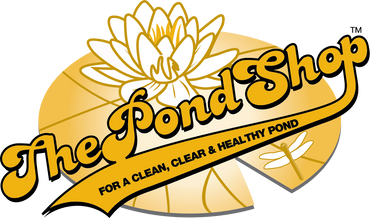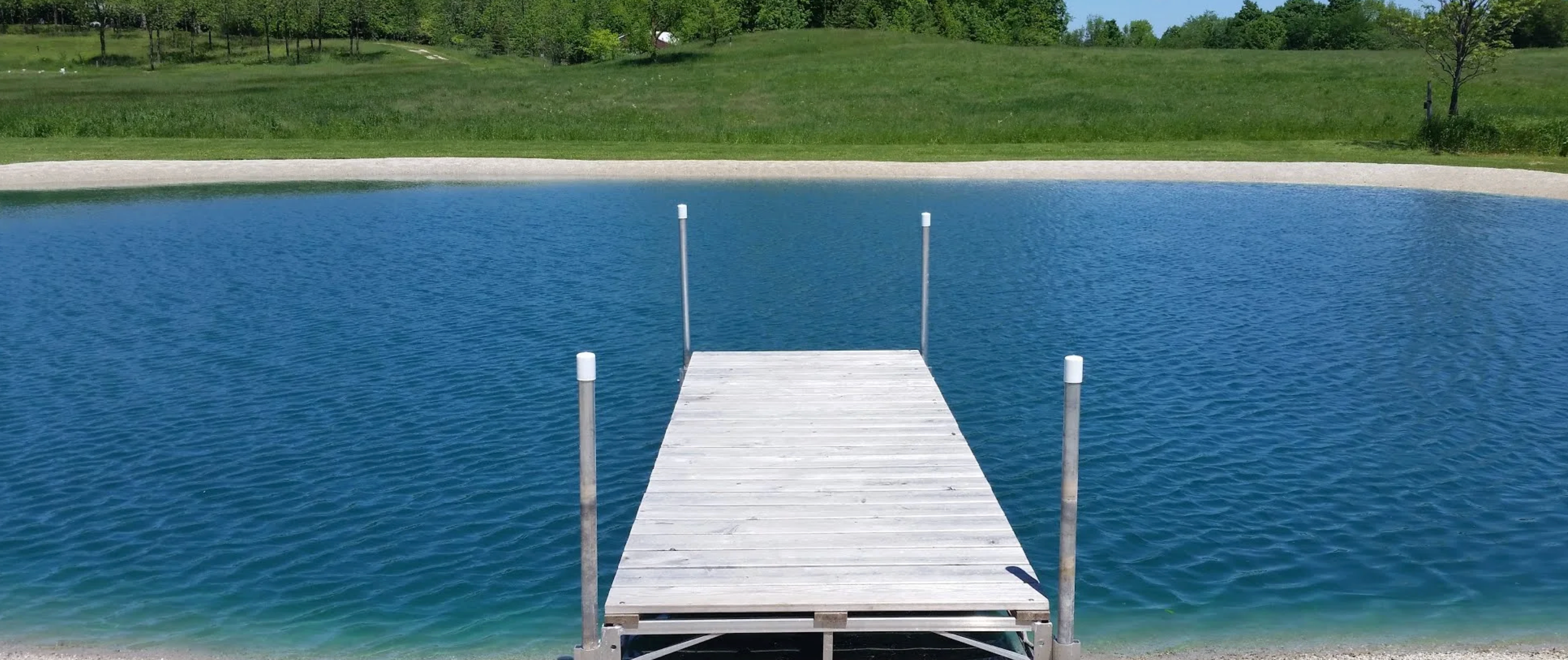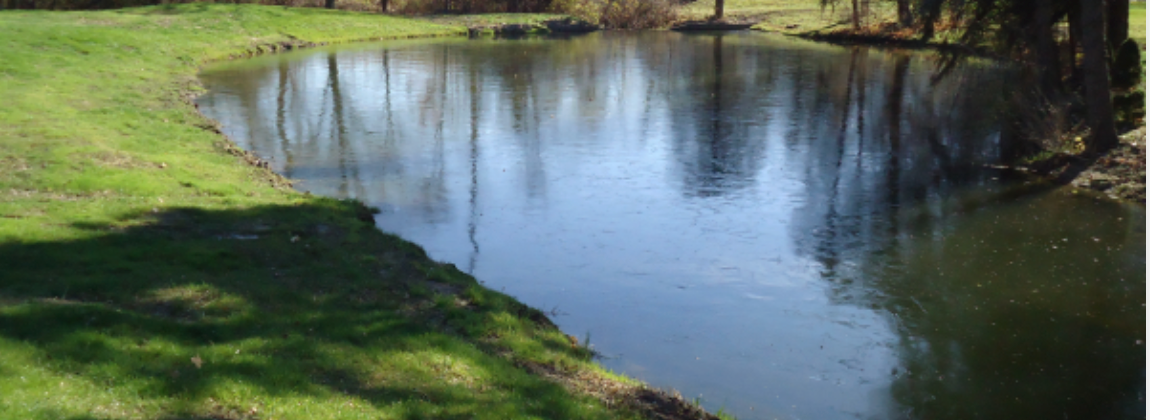Why Aerating Your Water Garden Pond Is a Game-Changer
Water garden ponds bring beauty, peace, and even a bit of magic to any outdoor space. But maintaining that serene little ecosystem takes more than occasional feeding and a few floating lilies. One of the most overlooked yet crucial elements of pond health? Proper aeration.
If you’ve ever dealt with murky water, algae overgrowth, or sluggish fish, you might want to take a closer look at how much oxygen is circulating in your pond.
What Is Aeration, Really?
In simple terms, aeration is the process of increasing oxygen levels in your pond water. It usually involves circulating water and allowing more surface area to interact with the air, which boosts oxygen exchange. Aeration also helps break down waste, prevents stagnation, and creates a healthier environment for fish, plants, and beneficial bacteria.
Why Your Pond Needs It
Still wondering if your pond really needs aeration? Here are a few reasons why it’s a solid investment:
1. Healthier Fish
Fish rely on dissolved oxygen to breathe. Low oxygen levels can cause stress, make them more prone to disease, or even lead to sudden die-offs—especially during hot summer days or icy winters when oxygen levels naturally dip.
2. Algae Control
Aeration disrupts the conditions algae love: stagnant, nutrient-rich water. By circulating the water and increasing oxygen, you create an environment where algae struggle to thrive—and beneficial bacteria get a chance to outcompete them.
3. Improved Water Clarity
An aerated pond supports aerobic bacteria, which are fantastic at breaking down organic sludge and excess nutrients. That means clearer water, less muck at the bottom, and a more beautiful pond overall.
4. Odor Reduction
If your pond has a funky, rotten-egg smell, you’re probably dealing with anaerobic bacteria—microbes that thrive in low-oxygen environments. Aeration swings the balance back toward the cleaner, aerobic kind.
When to Aerate
Ideally, aeration should be 24/7, especially during hot summer months when oxygen levels drop. In winter, running a diffuser can help keep a small hole in the ice, allowing gas exchange and protecting fish beneath.
Final Thoughts
A water garden pond should be a joy—not a chore. Aeration is a simple, effective way to support a thriving, balanced aquatic ecosystem. Whether you’re caring for koi, goldfish, or just love the calming effect of a clear, bubbling pond, a little extra oxygen goes a long way.
So if your pond is looking a bit tired, smelly, or green, don’t just skim the surface. Dive in deeper—and let the bubbles do the heavy lifting.



